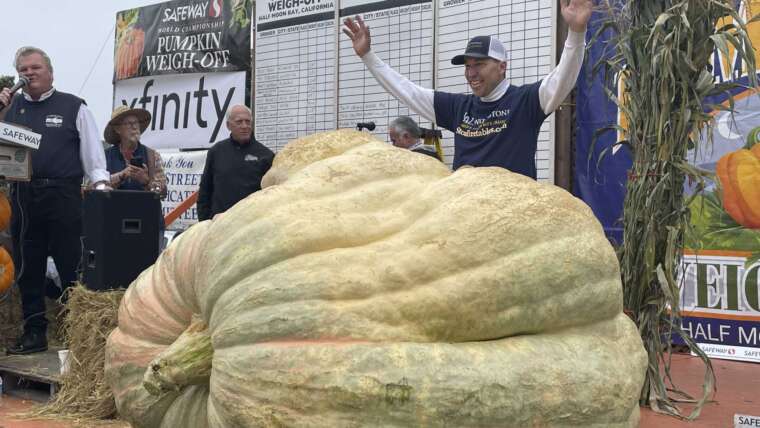
Racers and road rage enthusiasts often attempt dangerous maneuvers on open roads, such as drifting, donuts, and weaving. Weaving, in particular, is a common tactic where a driver quickly switches lanes, cutting off other drivers and attempting to squeeze into tight spaces. However, this type of driving is extremely dangerous and can lead to serious accidents.
“Weaving in and out of lanes is one of the most dangerous and reckless driving maneuvers,” says John Yannone, a personal injury attorney of Price Benowitz Accident Injury Lawyers, LLP. “It puts not only the driver but also other drivers on the road at risk of a serious accident.”
In this article, we will delve into the dangers of weaving and why it’s important for drivers to avoid this reckless behavior. By understanding the risks and adhering to general traffic regulations, we can help keep our roads safe for everyone.
Table of Contents
Why do individuals attempt to weave in and out of traffic?
People frequently weave through traffic because they assume it will save them some time when in a hurry. However, this notion of saving time by going swiftly around slower-moving vehicles needs to be corrected.
In one experiment, it was discovered that a motorist weaving in and out of 46 mph traffic during rush hour was faster by only two minutes than another car that stayed in the same lane the entire journey. Other tests have shown that, at the very least, drivers arrive 4 percent sooner and, at most, 25 percent sooner.
However, drivers must note all these statistics backing speed and early arrival are done at the risk of creating serious motor accidents. Hence, weaving on the road is not encouraged under any circumstances, even if it may save a little time.
What is the most serious issue with weaving?
As mentioned earlier, weaving is among the most dangerous driving practices. Many regular road users have thought of weaving on the road at one point. However, having the skill and confidence to pull off that maneuver is another thing entirely.
Drivers who attempt weaving must maintain their speed and emerge safely while watching traffic in front and behind them. If there is a slight decrease in speed or too much acceleration, the overtaking driver could be involved in a rear-end collision. Even worse is getting sandwiched between two moving vehicles.
In the case of too much acceleration, a sideswipe crash could occur even with sufficient space. This could be because the rear driver speeds up to prevent it or the front driver suddenly slows down.
The major concern, in real-time, is the amount of space left between vehicles when one weaves in between two others. For instance, if cars Y and Z travel two vehicle distances apart and car X squeezes into that space, there’s a huge accident risk.
Y and Z drivers will only have a little time to respond if car X maintains the right speed between them. This is predominantly why rear-end crashes are prevalent among weaving drivers.
Another difficulty is the prospect of needing to tailgate to switch lanes rapidly. This creates a similar scenario in which the rear driver needs more time to hit the brakes if the front car abruptly stops. Avoiding this type of collision is difficult, but you can prevent accidents by allowing others to merge after weaving.
Conclusion
Weaving will continue to remain an extremely dangerous traffic risk until probably when flying cars are invented. In the meantime, make conscious efforts to avoid it even if you think you have enough reason to. Lastly, remember to give enough space to those who attempt to weave to help accident prevention.


